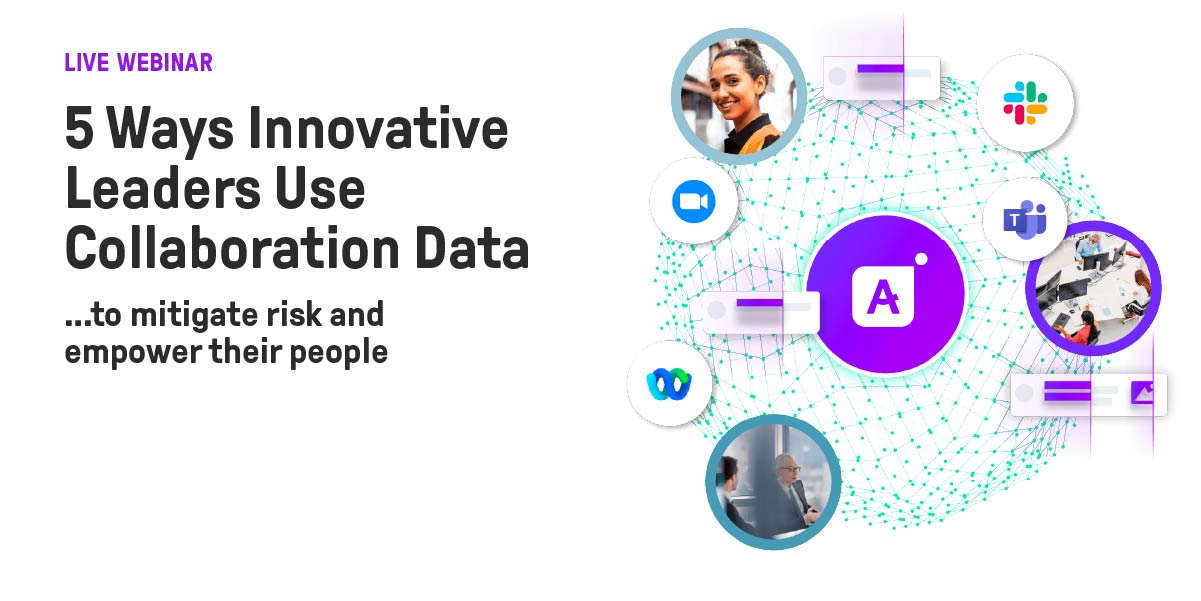The Truth About Return to Office Resistance and How Top Companies Bridge the Disconnect
by Aware
Employees feel ignored. Leadership feels out of touch. Aware is the solution.
It's been three years since the first statewide COVID-19 lockdown changed the American workplace forever. Overnight, millions of employees began working from home, collaborating with colleagues over new tools implemented at the speed of light. Out of the initial chaos came new ways of working, driven by new applications. Slack replaced the watercooler; Zoom became the new conference room.
Adapting to the digital transformation
Employees embraced these changes with surprising enthusiasm. Three years on, 80% of office workers remain remote at least part-time. That’s still less than say they prefer remote working, citing reduced commuting costs, saved time, fewer distractions, and greater freedom. A recent study shows that over a third of employees would quit their jobs rather than return to office full time.
For senior leaders, it was a different story. New technologies didn’t replace their predecessors, they created new, hybrid workflows. The older and more established someone is in their career, the higher the likelihood they will resist change. They’ve also, historically, been better able to indulge this resistance. There’s no need to learn a new technology or application if you have an assistant to do that work for you. In corner offices across America, executives were conducting business like it was 1999 well into the 21st century.
On March 19, 2020, all that changed. The new world of work has no time for technological holdouts and leaders who let the digital transformation pass them by now grapple with the realities of being out of touch. “The reason they want to have people back in the office is ‘fill in the blank,’ but usually it’s about how they feel like they don’t have their finger on the pulse of the organization,” says Slack SVP Brian Elliott.
It's lonely at the top
If you’re used to overseeing a cube farm or busy office floor, switching to remote working is a culture shock — especially if you don’t make the pivot to the tools that now host all the office chatter. It’s easy to feel like the business is moving on without you. Being a technological holdout in the future of work is a fast track to obsolescence.
Forcing employees back into the office is the obvious solution for leaders who resisted the new way of working. It’s no surprise the call to return first came from establishment sectors like finance and healthcare. However, recent attempts to return employees to the office by major tech players such as Amazon, Apple, and Meta reignited the debate, with employees claiming they’re happier and more productive working from home.
The evidence that employees are right and leadership are out of touch isn’t hard to find. Thousands of employees joined an internal Slack channel in protest of Amazon’s Andy Jassy saying RTO was necessary to “learn, model, practice, and strengthen our culture,” — indicating that Amazon’s culture is alive and well, even if it isn’t standing around the watercooler.
The disconnect between executives and employees is nothing new, but it was exacerbated by the pandemic. From quiet quitting to the Great Resignation, employees are rethinking their relationship with work and how they respond when asked to participate in an environment where they don’t feel supported or valued.
From the breakroom to the boardroom
At Aware, we recognize the executive drive toward returning to office, and employee resistance to doing so, as two sides of the same coin. Leaders want to feel connected to their people and employees desperately want to feel heard. What’s missing is a bridge between the two, a direct line between the breakroom and the boardroom. Aware is that connection.
Aware gives business leaders complete, contextual insight into the pulse of their organization through AI-infused analysis of collaboration conversations at scale. Using tools like Slack, Teams, and Zoom, organizations can uncover the authentic voice of their employees — without having to ask.
It’s the intelligence the C-suite needs to stay ahead with a complete view of business operations, derived from industry-leading natural language processing (NLP) and sentiment scoring built for the nuances of collaboration. Some of the world’s biggest brands trust Aware to help them see around corners, anticipate the next threat, capture new opportunities, and protect the bottom line. It’s how they ensure their people feel heard, protected, and safe – from the bottom to the top.
Making the right decisions with confidence
Whether a company believes returning to the office is ultimately the right move or not, it is clear employees must be part of the conversation — and leaders must listen and understand what they say. With Aware, it is possible to approach these complex decisions with tact, empathy, and understanding, and shepherd employees through periods of upheaval with minimal disruption.
Aware helps executives visualize how top-down messaging is received, where sentiment is strongest, and what concerns are top-of-mind for their people. Without Aware, the loudest individuals can easily drown out the majority, leading to confusion and chaos. Contact us today to learn how Aware can bring context to your collaboration and help you transform the way your business operates.









